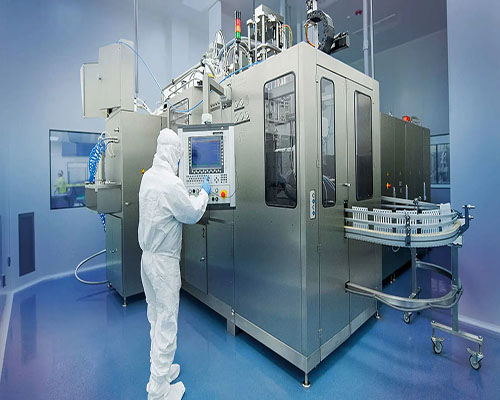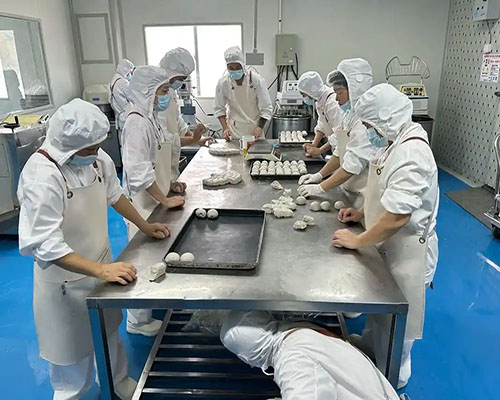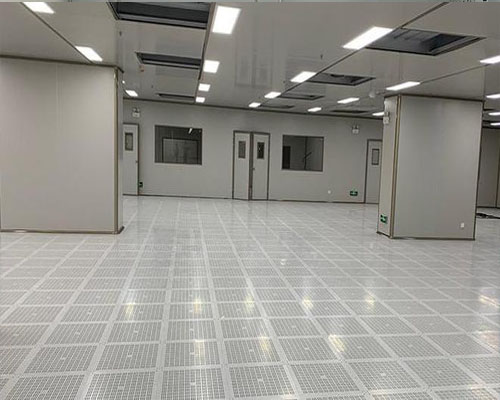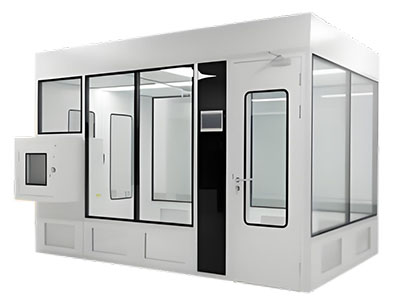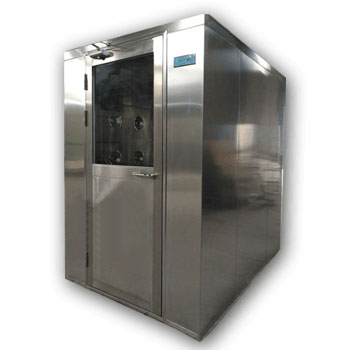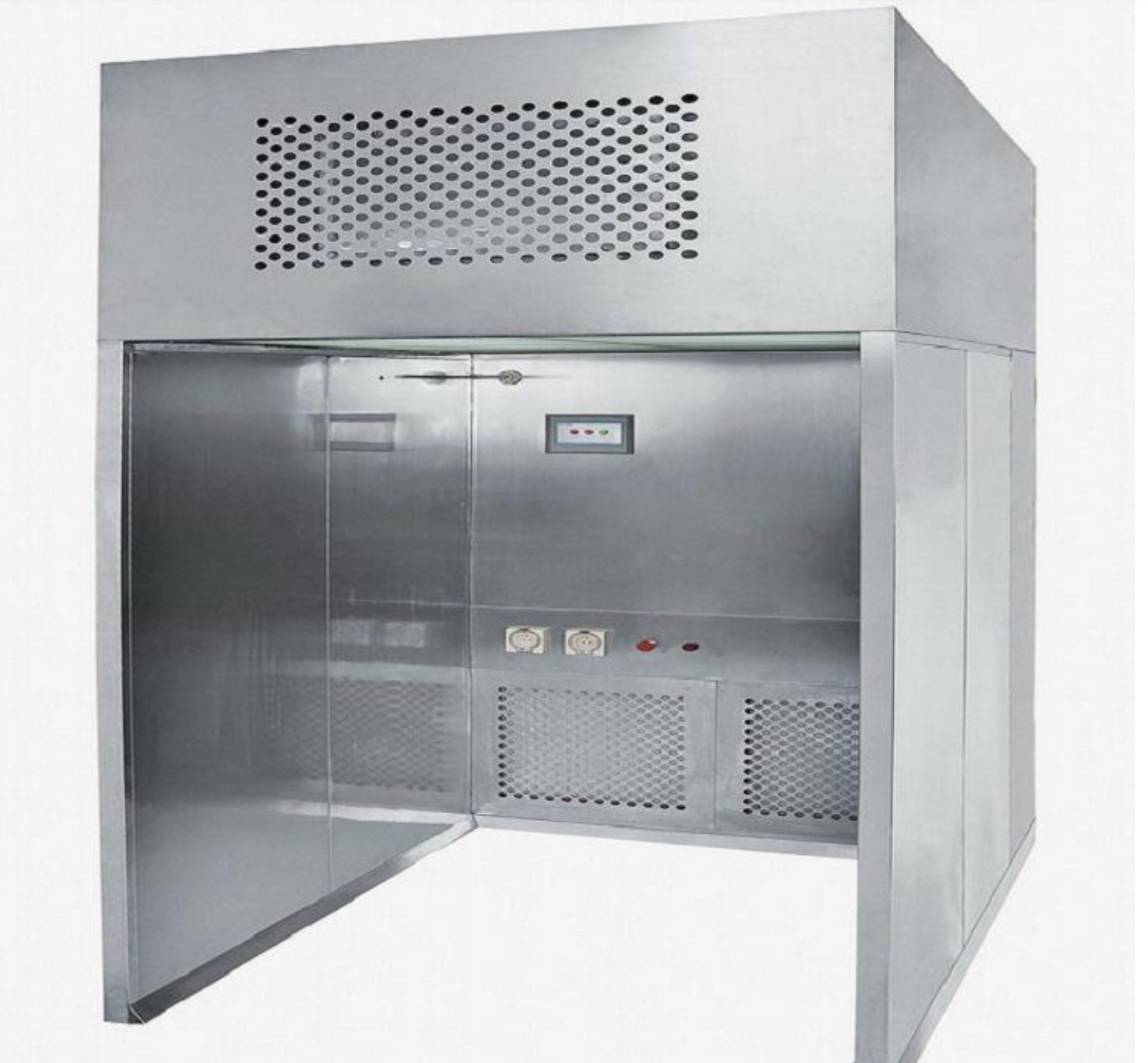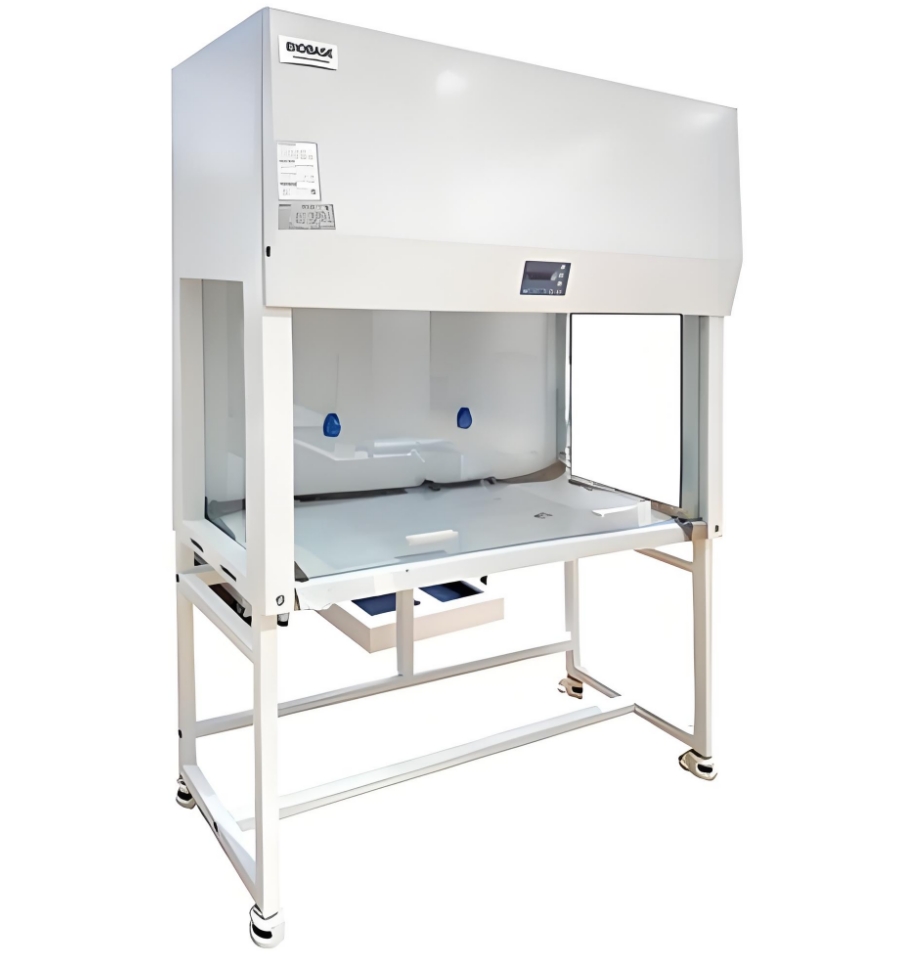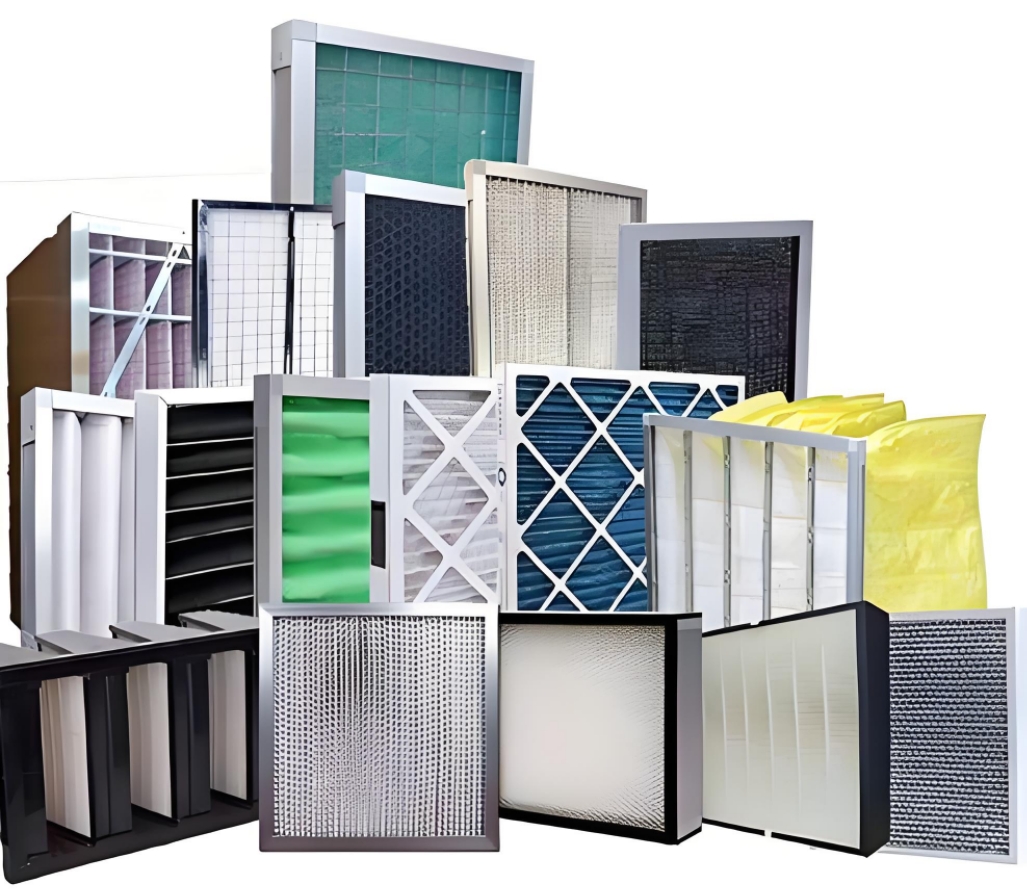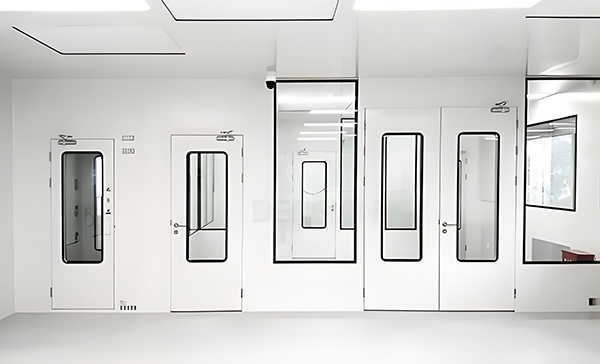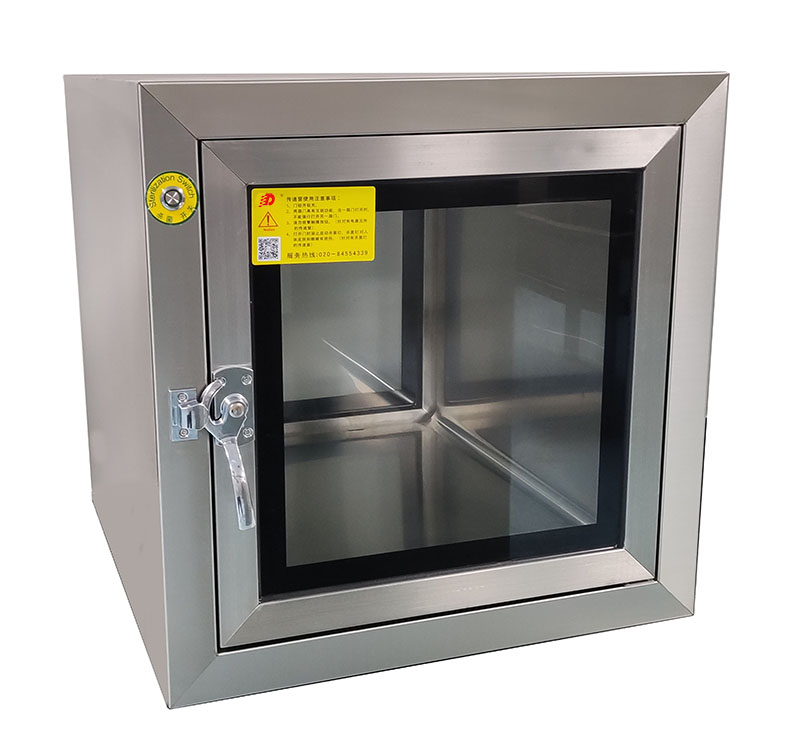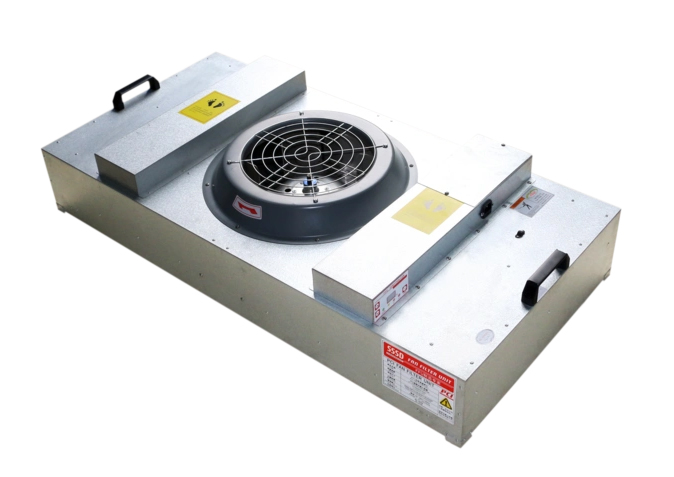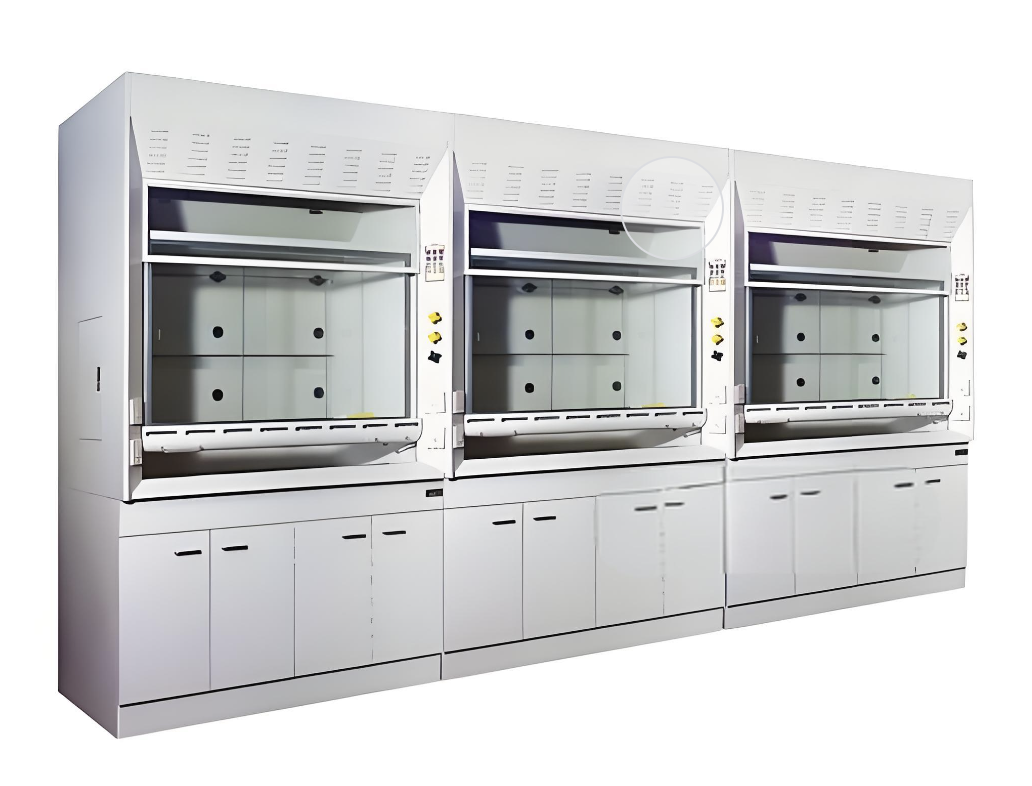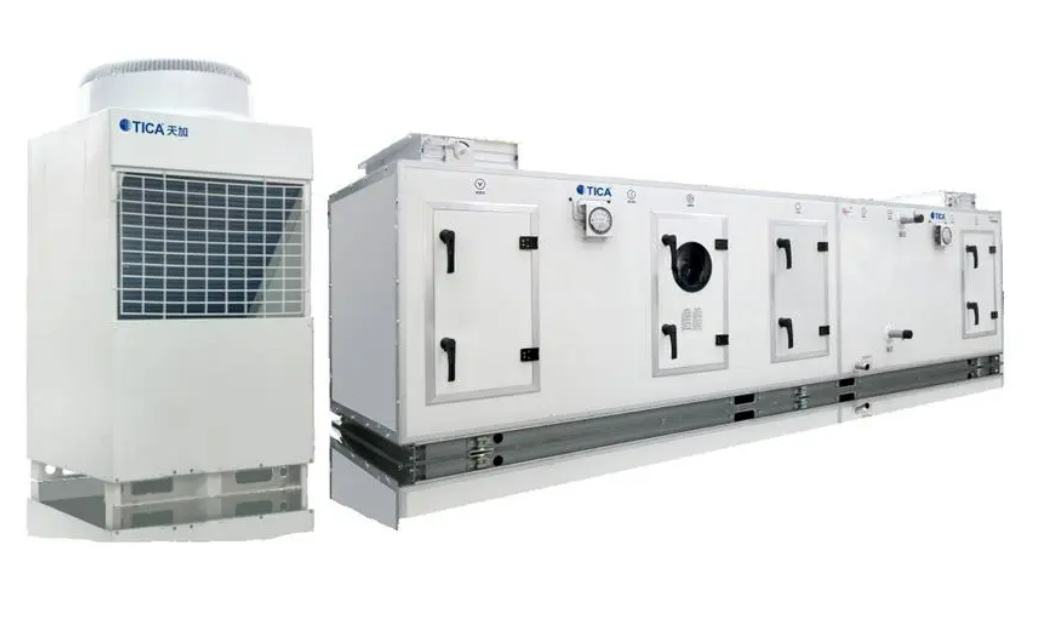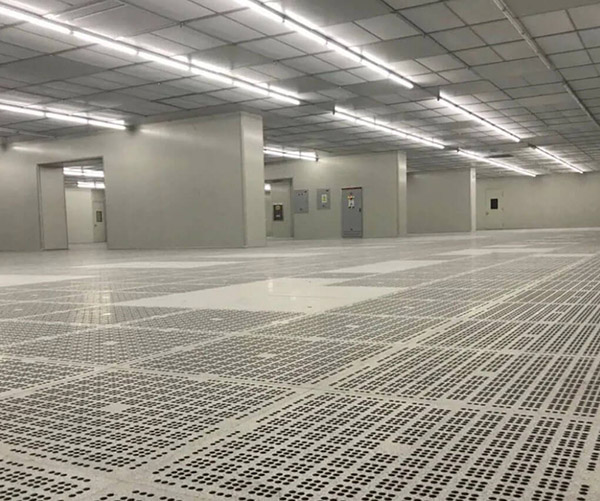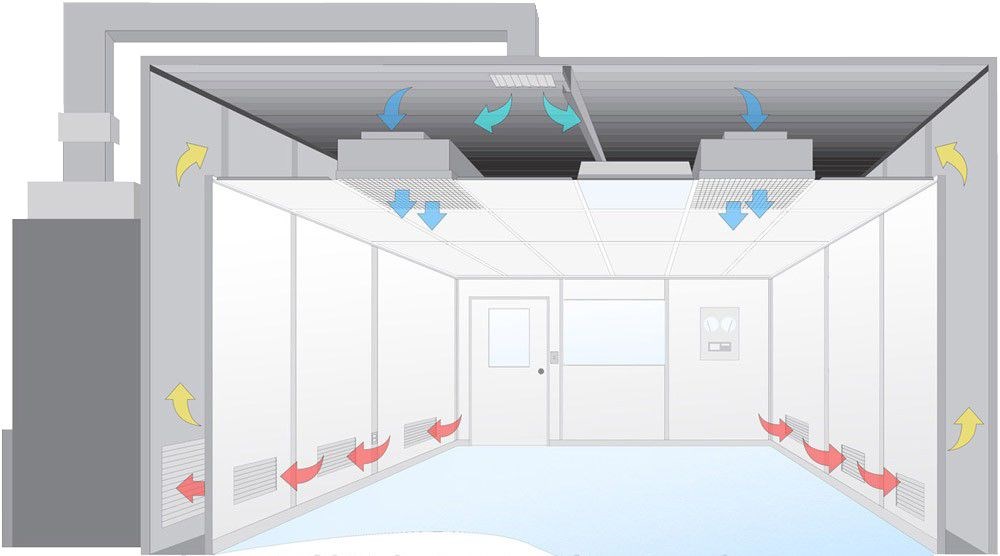ISO CleanRoom Classification
The particle count for ISO 6 Cleanrooms must maintain a rigorous standard to minimize contamination risks. It specifies the maximum allowable particle count, ensuring that even microscopic contaminants are kept under control. Such high levels of cleanliness are achieved using advanced filtration methods.
This ISO standard includes these clean room classes: ISO 1, ISO 2, ISO 3, ISO 4, ISO 5, ISO 6, ISO 7, ISO 8 and ISO 9. ISO 1 is the "cleanest" class and ISO 9 is the "dirtiest" class. Even if it’s classified as the "dirtiest" class, the ISO 9 clean room environment is cleaner than a regular room.
The most common ISO clean room classes are ISO 7 and ISO 8. The Federal Standard 209 (FS 209E) equivalent for these ISO classes are Class 10,000 and Class 100,000.
ISO Cleanroom Classes and FS 209E Equivalents
| ISO Class | FS 209E Equivalent |
|---|---|
| ISO 1 | - |
| ISO 2 | - |
| ISO 3 | - |
| ISO 4 | - |
| ISO 5 | Class 100 |
| ISO 6 | Class 1,000 |
| ISO 7 | Class 10,000 |
| ISO 8 | Class 100,000 |
| ISO 9 | Class 1,000,000 |
ISO 6 Cleanroom Particle Count Standards
ISO cleanroom classifications are defined by ISO 14644-1, which specifies the concentration of airborne particles. An ISO 6 cleanroom is more stringent than ISO 7 but slightly more permissible than ISO 5. This classification serves as a benchmark for environments that demand a controlled level of contamination, allowing up to 35,200 particles per cubic meter for particles larger than 0.5 micrometers. | 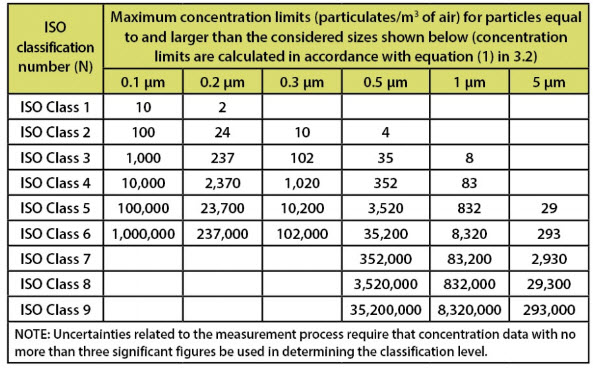 |
Air Changes Per Hour (ACPH) and Calculation
Air changes per hour (ACPH) are crucial in maintaining the specified cleanliness level in ISO 6 Cleanrooms. Typically, an ISO 6 cleanroom requires 180-240 air changes per hour. The formula for calculating ACPH involves dividing the volume of air supplied by the volume of the room.
ACPH Calculation Formula:
ACPH = (Volume of Air Supplied per Hour) / (Room Volume)
Additional Parameters for ISO 6 Cleanrooms
Beyond particle counts and air changes, ISO 6 cleanrooms require precise control of temperature, humidity, and pressure differential to keep the environment stable. Air conditioning systems must be finely tuned to maintain these conditions, which are critical to supporting sensitive manufacturing processes and laboratory work.
| Parameter | Typical Range for ISO 6 |
|---|---|
| Temperature | 20-24°C (68-75°F) |
| Humidity | 40-60% RH |
| Pressure Differential | 10-15 Pascals |
Core Requirements of ISO 6 Cleanrooms
The core requirement of ISO 6 cleanrooms revolves around maintaining unmatched levels of cleanliness and sterility. This is facilitated by incorporating high-efficiency filters, automated environmental controls, and stringent operational protocols.
 |
|
ISO 6 vs ISO 7
When comparing ISO 6 to ISO 7 Cleanrooms, the primary difference lies in their particle concentration allowances and the environments for which they're suited. ISO 6 cleanrooms offer stricter control, necessary for more critical processes.
| Feature | ISO 6 | ISO 7 |
|---|---|---|
| Particle Limit (≥0.5μm) | 35,200 particles/m³ | 352,000 particles/m³ |
| Air Changes per Hour | 180-240 | 12-15 |
| Typical Applications | High-precision optics, Semiconductor assembly | Less critical manufacturing, medical device assembly |
ISO 6 vs ISO 5
Contrastingly, ISO 5 Cleanrooms require even stricter controls than ISO 6, allowing far fewer particles. These environments are typically reserved for ultra-sensitive applications.
ISO 5 Cleanroom
Allows only 3,520 particles/m³ (≥0.5μm)
Used for ultra-sensitive applications like semiconductor lithography
ISO 6 Cleanroom
Allows 35,200 particles/m³ (≥0.5μm)
Suited for high-precision manufacturing and biotechnology
Industry Applications of ISO 6 Cleanrooms
ISO 6 cleanrooms find their application in industries such as pharmaceuticals, biotechnology, and aerospace manufacturing, where stringent contamination control is paramount. These cleanrooms help maintain product integrity and operational excellence.
Conclusion
ISO 6 cleanrooms represent a crucial aspect of maintaining contaminant-free environments within sensitive industrial applications. With guidelines established by ISO 14644-1, cleanrooms need precise management of particulate and microbial contamination to ensure product safety and efficacy.
 +86 18186671616
+86 18186671616 Jason@cleanroomequips.com
Jason@cleanroomequips.com
 MENU
MENU
